The future of the Saab, now Nevs, lies in electric cars. Electric vehicles are not new for Saab (we assume that many have not heard of Saab Van). There was a 1974 Saab Sonett III converted into an electric car by a Mr. Walter Kern, designer of the SAAB Quantum and Mr. Dave Hosmer, longtime Saab Owner and Enthusiast in New England.
Other electric project in the same year 1974 was Saab-Scania Electric Van. Instead of being built from the ground up in a Swedish engineering lab, it was based on a production EV that was produced for a short while in Massachusetts U.S.A.
In 1974 they built a first prototype and one sample ended up in the Netherlands. As you can see in the following video, this Electric Saab Van is in excellent condition.
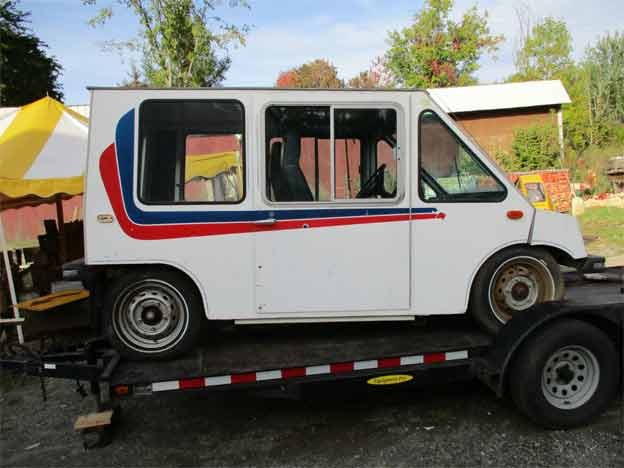
When the big gas crisis hit in the early 1970s, a flock of electric vehicle companies sprung up like mushrooms all around the country, each offering their version of a gas-free solution to drivers. They were tiny firms with names like Jet Industries, Electric Auto Corp. and Trans-Electric. One such company was Electromotion, which produced a small battery-powered delivery van. For some reason, the company chose to build it using many Saab automobile components.
Not a lot is known about Electromotion. Reportedly, it was based in Lexington, Mass. The company’s plan was to produce a high-quality electric van in hopes of landing a contract to supply them to the U.S. Postal Service. Since the U.S. Postal Service operates the largest non-military vehicle fleet in North America, it must have seemed like a pretty good plan.
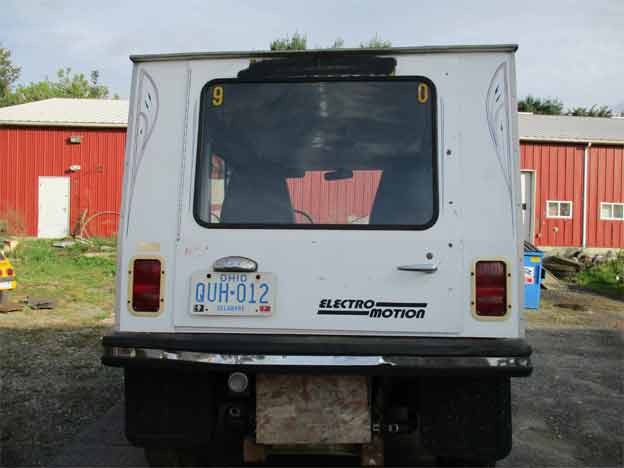
A small 1/3-ton delivery van, it was powered by 14 batteries carried in a tray that ran along its backbone. The tray slid out to the rear of the vehicle for easier servicing of the batteries and to allow for quick changing of the entire battery pack. A Saab 93 transaxle gave it front-wheel drive, unique in small van-type vehicles back then. The little van rode on Saab 99 wheels, and the 99’s famous energy-absorbing bumpers were also fitted. The parts were supplied by Saab-Scania, apparently on credit.
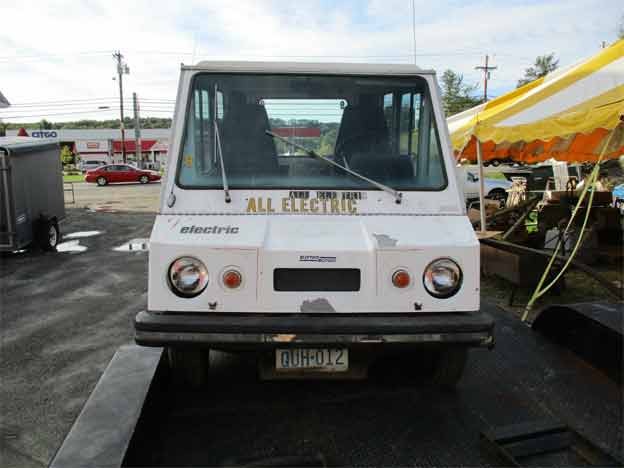
Reference books claim the Electromotion van had a 20-hp electric motor. Curb weight of the van was quoted as 3,000 pounds. One source claimed the vehicle was good for a top speed of about 40 mph with a usable range of 30 miles on level ground, though much less in hilly terrain. The price for the van model was listed at $7,000 in 1974.
Electric Saab Van “Model T3” for Sale
If you want this nice Electro van, one sample can find on ebay.
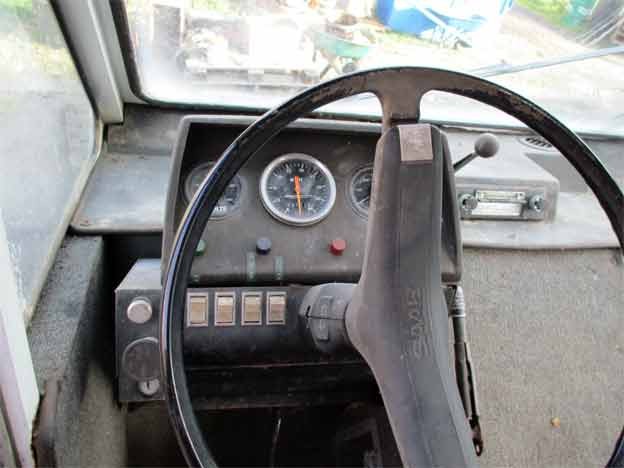

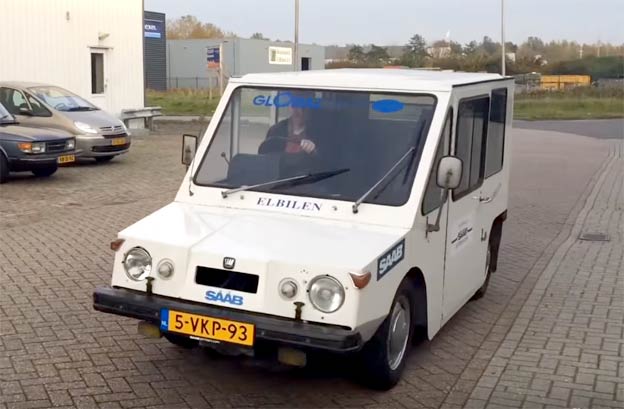







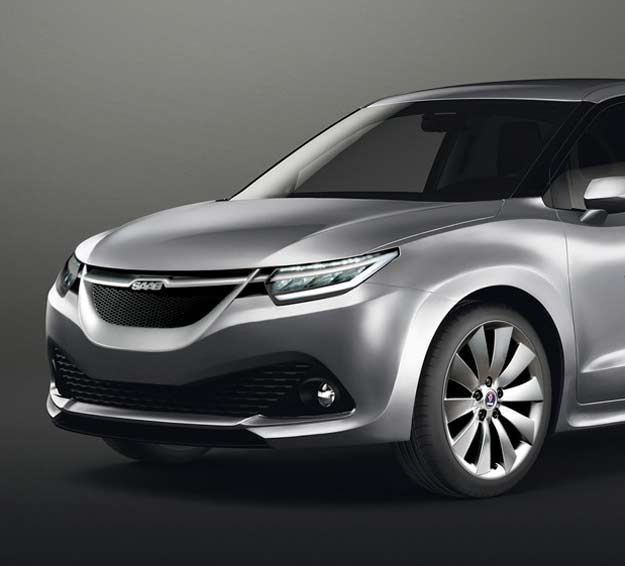

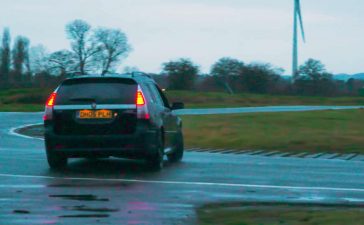
Aha, it seems so retro. I love it.
I have a t3 van in new like condition whit 212 miles for sale1974 Saab Electromotion electric delivery van prototype